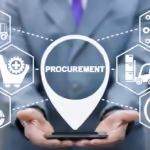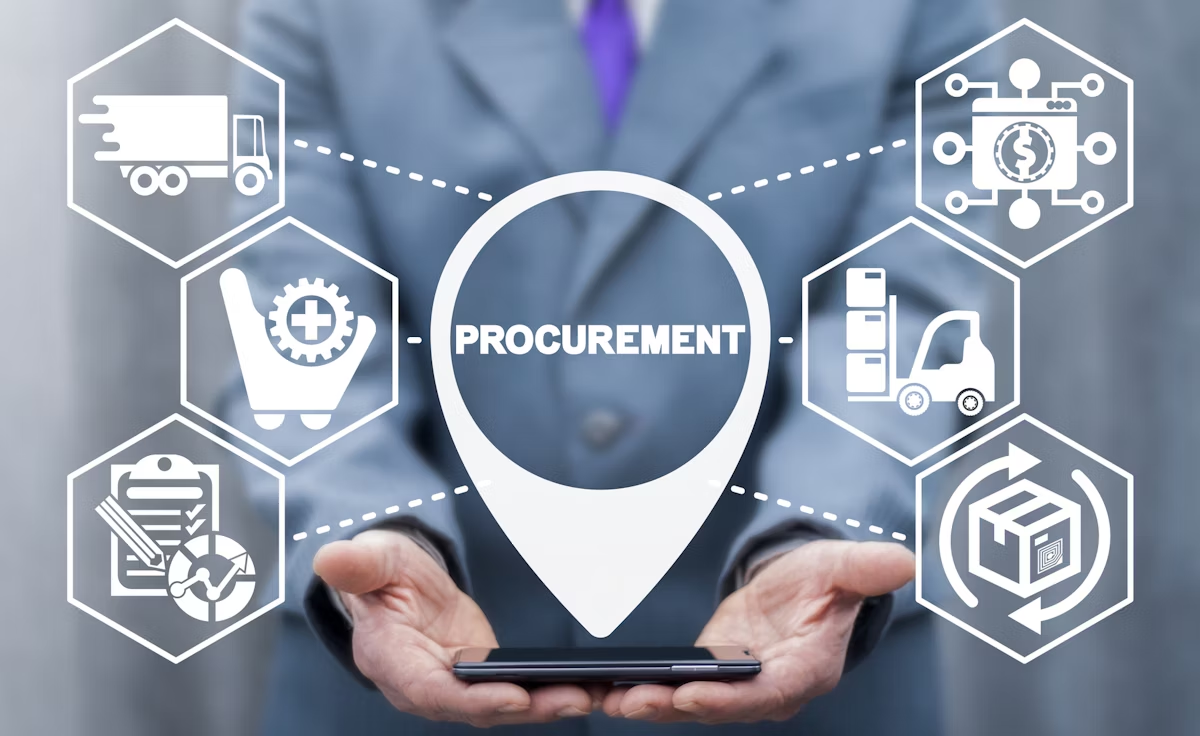In a fast-changing business environment, procurement has become more than just purchasing goods and services. Today, organizations must focus on efficiency, sustainability, and value creation. Traditional procurement models are no longer enough to meet the complex challenges of globalization, supply chain disruptions, and evolving customer demands. This is where innovative procurement strategies play a crucial role.
By rethinking how procurement is managed, businesses can reduce costs, improve supplier relationships, and drive long-term resilience. Combined with global events such as the procurement summit, organizations gain valuable insights and collaboration opportunities to transform procurement into a strategic function.
Why Innovation Matters in Procurement
Procurement is no longer a back-office function—it is now a driver of organizational success. Companies that adopt innovation in procurement benefit in several ways:
-
Cost Savings Beyond Negotiation
Modern strategies go beyond simple price reductions. They focus on process optimization, supplier collaboration, and value-added services. -
Risk Management
Global supply chains are vulnerable to risks such as geopolitical conflicts, natural disasters, and economic fluctuations. Innovative approaches help identify, monitor, and mitigate these risks. -
Sustainability and Ethics
Consumers and regulators increasingly demand transparency and responsible sourcing. Procurement innovation ensures compliance while building trust with stakeholders. -
Digital Transformation
The integration of digital tools—such as automation, artificial intelligence, and data analytics—streamlines processes and enables data-driven decisions. -
Supplier Collaboration
Strong partnerships with suppliers foster innovation, encourage co-creation, and enhance long-term competitiveness.
Key Innovative Procurement Strategies
-
Data-Driven Decision Making
Leveraging big data and analytics allows procurement teams to identify trends, predict risks, and make informed purchasing decisions. -
Supplier Relationship Management (SRM)
Instead of transactional interactions, organizations are building deeper partnerships with suppliers to unlock shared value. -
Digital Procurement Platforms
Cloud-based platforms centralize processes, enhance transparency, and simplify supplier onboarding. -
Sustainable Procurement
Organizations are increasingly prioritizing eco-friendly practices, ethical sourcing, and circular economy models. -
Agile Procurement
Adopting agile methodologies enables procurement teams to adapt quickly to disruptions, ensuring continuity and flexibility.
The Role of Procurement Summits
While strategies are essential, knowledge-sharing and networking are equally important. Attending a procurement summit gives professionals access to the latest trends, tools, and success stories in procurement innovation.
At these events, participants can:
-
Learn from case studies presented by global leaders.
-
Explore new technologies shaping procurement.
-
Network with suppliers, buyers, and solution providers.
-
Gain insights into regulatory changes and compliance requirements.
-
Discover practical tools to implement innovative procurement strategies.
These summits serve as knowledge hubs where theory meets practice, allowing organizations to turn innovation into measurable results.
How Businesses Can Implement Procurement Innovation
-
Assess Current Processes
Start by analyzing existing procurement practices and identifying inefficiencies. -
Adopt Technology
Invest in digital tools such as e-procurement platforms, automation, and AI-based analytics. -
Train Teams
Equip procurement professionals with the skills to adapt to digital tools and changing market conditions. -
Engage Stakeholders
Collaboration across departments ensures procurement strategies align with overall business goals. -
Measure Impact
Set KPIs such as cost savings, supplier performance, and sustainability metrics to evaluate progress.
The Future of Procurement
Procurement will continue to evolve, driven by technology and global challenges. Artificial intelligence, blockchain, and predictive analytics will become standard tools. Sustainability will remain a top priority, with organizations expected to demonstrate responsibility across their entire supply chain.
Most importantly, procurement leaders will need to be agile, strategic, and forward-thinking. Events like the procurement summit will remain essential for staying ahead of trends and learning from global experts.
Conclusion
Procurement is no longer limited to purchasing—it is a strategic driver of business success. By adopting innovative procurement strategies, organizations can achieve cost savings, strengthen supplier relationships, and ensure long-term resilience.
At the same time, attending a procurement summit provides access to global knowledge, tools, and networking opportunities that make transformation possible. Together, innovation and collaboration will define the future of procurement and give organizations the competitive edge they need in a rapidly changing world.











